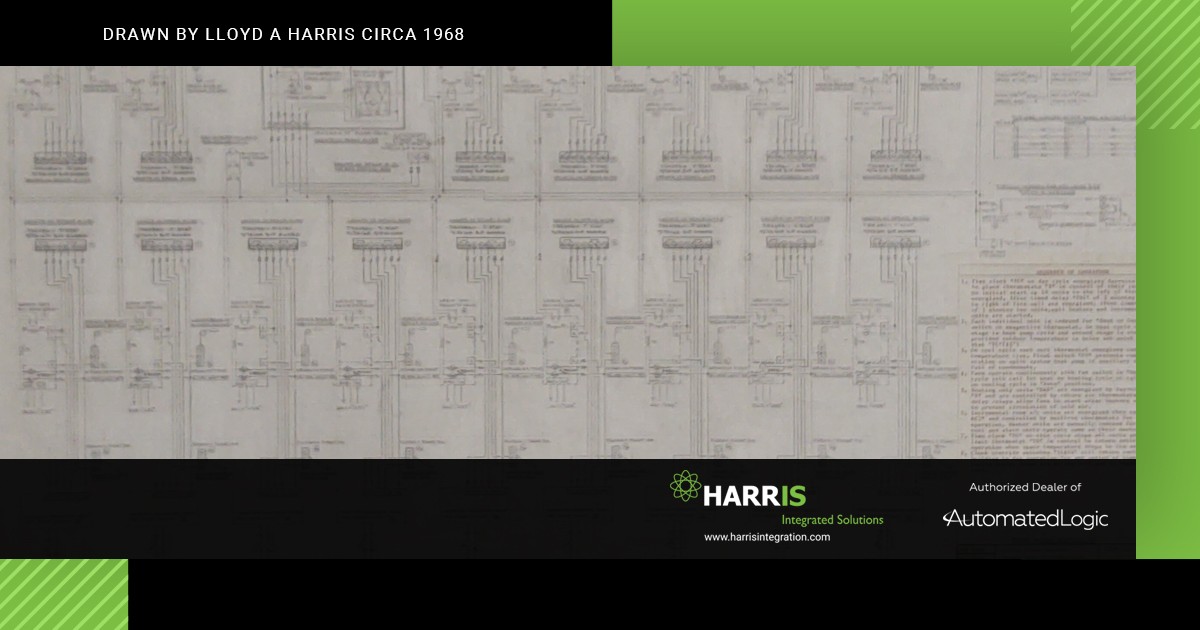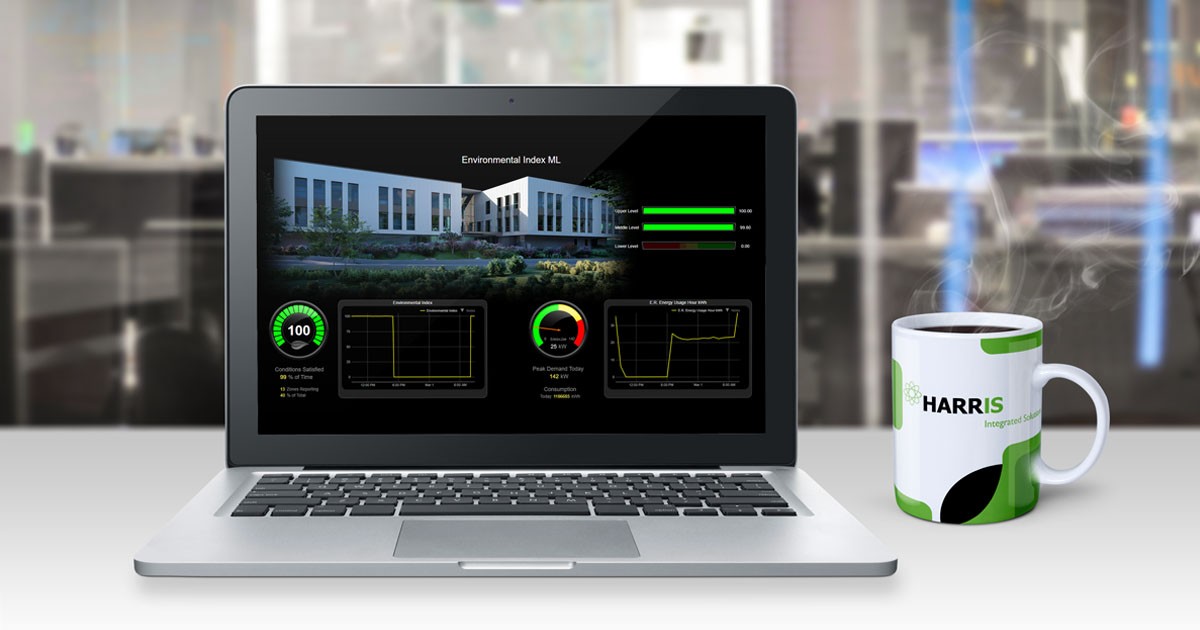There is an old biblical proverb that emphasizes the significance of “the little foxes that ruin the vineyard.” This proverb conveys the idea that sometimes, it is the seemingly insignificant things that can cause the most damage if left unattended.
This concept holds true in any construction project, whether it involves renovation or new construction. Even a minor mistake, such as a model number being off by just one digit on door hardware, can result in costly restocking fees and delays. Similarly, a slight misalignment of plumbing pipes under a slab can lead to toilets and sinks being installed in the wrong location. And let’s not forget the consequences of accidentally cutting a one-inch optic fiber cable buried underground, which can shut down internet service for an entire town. Architects, engineers, and contractors reading this may even recall a specific instance where such a “little fox” caused them significant financial loss. Unfortunately, this is an inherent part of the construction business.
One of the most significant “little foxes” that building automation systems (BAS) often encounter is the issue of conduit, or rather, the lack thereof. Due to its small size, conduit is often overlooked amidst the larger steel structures and bricks. When electrical engineers calculate electrical panel risers, conduit for building automation is typically not at the forefront of their minds. It may seem like a minor detail, but neglecting to include conduit can prove to be costly in the long run.
Your Building Automation System: Empowering Your Building’s Vital Functions
A BAS plays a pivotal role in controlling and optimizing the essential functions of a building. When the HVAC system is not properly managed or falls short, the consequences can be significant, ranging from increased energy costs to discomfort for occupants and even potential health issues. In regions with high humidity, a building that is too cold can lead to condensation, causing premature rusting of metal components and creating a breeding ground for mold. Furthermore, leaving lighting fixtures unnecessarily switched on not only wastes energy but also shortens the lifespan of bulbs. Neglecting to monitor electrical systems can result in unbalanced loads, potentially damaging valuable equipment.
A BAS proves to be an invaluable asset throughout the life cycle of both equipment and the building itself. By efficiently regulating and safeguarding these critical functions, the BAS ensures optimal performance, energy efficiency, and occupant well-being.
Wireless vs. Hard Wired Connections: Choosing the Right Connection for Your BAS
In the construction industry, a building automation system has often been an afterthought, resulting in the oversight of conduit installation for BAS purposes. Consequently, the industry has turned to wireless modules and sensors as an alternative solution. However, it is crucial to consider the drawbacks of wireless connections, including increased maintenance requirements and environmental hazards.
Wireless systems demand regular maintenance, which can be both time-consuming and costly. With contracted service technicians charging around $100 per hour, coupled with the need to replace AA batteries (costing approximately $1.00 each) annually for a typical 10-year component lifespan, the expenses can accumulate significantly. When multiplied by the number of modules and sensors installed in a building, these costs easily overshadow the expenses associated with using ½ EMT conduit.
Additionally, the environmental impact of disposing of numerous batteries in local landfills is often overlooked. While it may already be concerning that little Johnny’s remote-control car requires eight AAs, the cumulative effect of disposing batteries from a large BAS with over 200 components can contribute to the melting of icebergs and exacerbate global warming.
Lastly, the security aspect should not be disregarded. Wireless systems pose the risk of being hacked, even by tech-savvy individuals as young as 12 armed with an iPad.
It is essential to carefully weigh the pros and cons when deciding between wireless and hard-wired connections for your BAS, considering factors such as maintenance costs, environmental impact, and security vulnerabilities.
Safeguarding the Vitality of Your Building
Your building automation system (BAS) serves as the brain of your building, while the wires that interconnect its components act as its spinal cord. When the BAS fails to function optimally, the potential for significant damage arises.
Just as little foxes destroy vineyards by undermining the roots until the vines collapse and the grapes become accessible, overlooking seemingly minor details like the cost of conduit can have detrimental consequences for a brand-new building. Investing in the necessary infrastructure, such as conduit, is a small price to pay compared to the potential costs and disruptions that can arise from neglecting this vital component.
By prioritizing the integrity of the BAS and its supporting infrastructure, you can safeguard your building’s longevity and protect it from the damaging effects of these “little foxes.”

Tony Holcomb | Energy Consultant
Tony Holcomb is an Energy Consultant with Harris Integrated Solutions. He is retired Director of Maintenance and Operation for Georgetown County Schools in South Carolina. He served three years as Vice-Chairman for the Association of South Carolina Energy Managers, won South Carolina Energy Manager of the Year in 2016, and won South Carolina Energy Project of the Year in 2013.
To Holcomb, his biggest career accomplishment was not having to increase Georgetown County School District’s energy budget over 14 years, helping keep teachers employed and students learning.

Tony Holcomb | Energy Consultant
Tony Holcomb is an Energy Consultant with Harris Integrated Solutions. He is retired Director of Maintenance and Operation for Georgetown County Schools in South Carolina. He served three years as Vice-Chairman for the Association of South Carolina Energy Managers, won South Carolina Energy Manager of the Year in 2016, and won South Carolina Energy Project of the Year in 2013.
To Holcomb, his biggest career accomplishment was not having to increase Georgetown County School District’s energy budget over 14 years, helping keep teachers employed and students learning.








